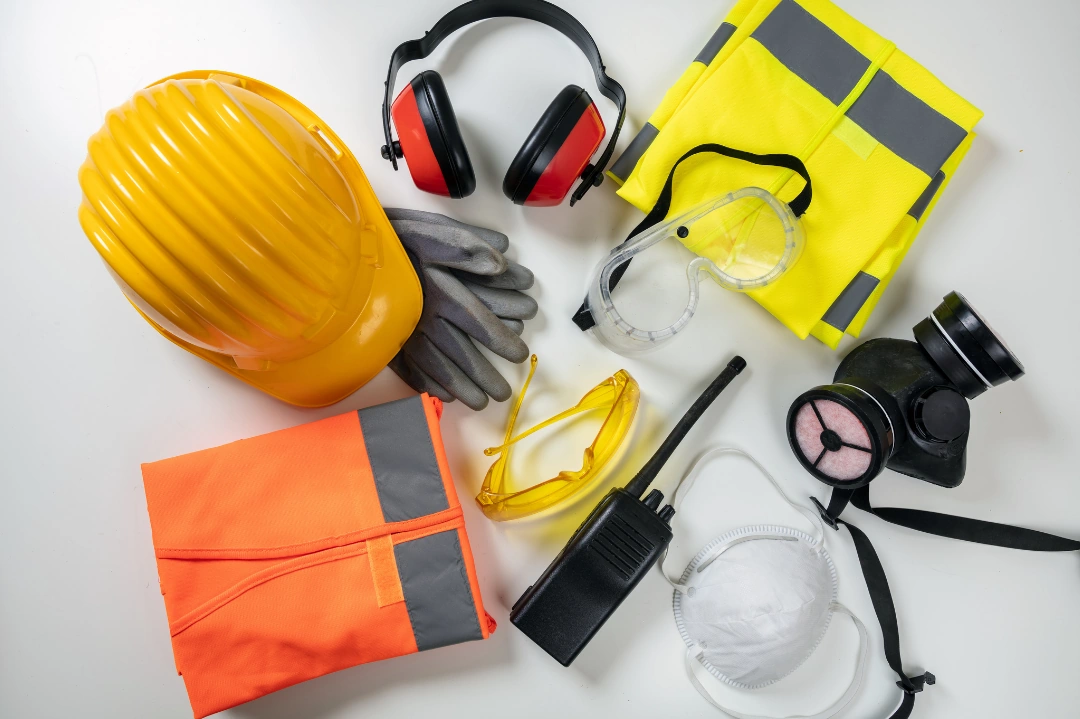
The Importance Of Intrinsically Safe Devices
Safety for lone workers in hazardous environments must be a top priority for employers. Intrinsically safe devices are great tools that are designed to prevent ignition in areas with explosive gases, dust, or other dangerous substances. Learn the significance of these devices for lone workers across a wide range of industries and how they can minimize risks and meet compliance standards. With this information, you can integrate these devices into your safety protocols, protect your workforce, and maintain regulatory compliance.
What Are Intrinsically Safe Devices?
Intrinsically safe devices are necessary tools in environments where explosive gases, vapors, or dust pose a risk. These devices work by controlling electrical and thermal energy to prevent ignition, so workers are safe in potentially volatile settings.
Industries like oil and gas, chemical manufacturing, mining, and pharmaceuticals rely on these devices to mitigate explosion risks. By using intrinsically safe devices, these businesses can protect their workers while adhering to safety regulations. This reduces the chance of costly accidents and operational downtime.
For employers of lone workers in such high-risk areas, understanding these devices helps maintain a safe work environment.
The Importance of Intrinsically Safe Devices for Lone Workers
Lone workers face unique challenges, especially in hazardous settings where they operate without direct supervision. This isolation heightens their exposure to risks. Intrinsically safe devices help prevent ignition in these explosive environments and keep workers safe.
These devices are more than just a compliance requirement. They are a major part of effective risk management. Lone workers might not have immediate help in emergencies, and the protection these devices offer is incredibly important.
They are engineered to prevent sparks or heat that could ignite flammable materials, which significantly lowers the risk of accidents.
Neglecting to use intrinsically safe devices can be incredibly dangerous. An ignition could result in devastating injuries, loss of life, and extensive property damage. It can also lead to financial and legal repercussions for employers. Failing to implement these safety measures could lead to legal liabilities and penalties for non-compliance with safety standards.
Employers should view intrinsically safe devices as an integral part of their safety strategy for lone workers. Incorporating these devices demonstrates a commitment to worker protection and regulatory compliance and fosters a strong safety culture within the organization.
Compliance and Regulatory Standards
Intrinsically safe devices must meet regulatory standards. These standards make sure the devices used in hazardous environments are safe and reliable. Two main international standards are ATEX and IECEx.
ATEX is a European Union directive setting minimum safety requirements for equipment in explosive atmospheres. IECEx, on the other hand, is a global certification system that confirms compliance with international safety standards. Both focus on preventing equipment from sparking ignition in explosive settings, which keeps lone workers safe.
Employers must adhere to these standards to safeguard their workers and to avoid legal issues. Non-compliance can result in hefty fines and legal actions that can damage a company's reputation and finances. Following these standards also signals a company's dedication to safety, which improves its credibility with clients and partners.
To remain compliant, employers should thoroughly evaluate their equipment, check for necessary certifications, and confirm that devices are tested according to relevant standards. They must also stay updated on regulatory changes and new safety technologies.
Employers must understand and adhere to ATEX, IECEx, and other standards. It protects lone workers and shields the organization from legal and financial risks. By prioritizing compliance, employers create a safer workplace and demonstrate their commitment to worker safety.
Choosing the Right Intrinsically Safe Device
Selecting the right intrinsically safe device for lone workers requires a thorough understanding of the specific hazards they face. Each workplace presents unique challenges, so employers must assess the types of hazardous materials and their potential to ignite.
Employers should also consider the practical needs of their workers, including communication capabilities and the ability to function in varying temperatures and humidity levels.
When evaluating devices, it’s wise to get certifications like ATEX and IECEx. These certifications make sure the devices have been tested to prevent ignition in explosive environments. It's also best to choose devices that are certified, durable, and easy to use, since lone workers often operate in demanding conditions.
By focusing on these factors, employers can improve the safety of their lone workers, remain compliant with safety regulations, and reduce the risk of accidents and liabilities.
Implementing Intrinsically Safe Devices in the Workplace
After selecting the appropriate intrinsically safe devices, the next step is integrating them into daily operations. Start by mapping out where these devices are needed and make sure they are accessible to all lone workers. This plan should clearly define the role each device plays in maintaining safety.
Employers should offer comprehensive training sessions to make sure workers know how to operate, maintain, and troubleshoot these devices. Regular refresher courses are beneficial for keeping safety practices current.
Employers should also perform routine maintenance and inspections to keep the devices working effectively. Establish a schedule for regular checks to catch any wear and tear that could affect safety. This proactive approach will prolong the devices' lifespan and reinforce a culture of safety and responsibility.
Additional Safety Measures for Lone Workers
While intrinsically safe devices are helpful, they should be part of a broader safety strategy. Employers should implement strong communication systems so lone workers can stay in touch with supervisors and receive quick responses in emergencies.
Monitoring systems, like GPS tracking and real-time alerts, add extra security layers. These tools help keep lone workers accounted for and can receive immediate assistance if needed.
Employers should also promote a culture of safety by conducting regular audits, encouraging hazard reporting, and fostering open communication about safety concerns.
Conclusion
Intrinsically safe devices play a major part in protecting lone workers in hazardous environments. By preventing ignition and offering reliable protection, they reduce risks associated with explosive atmospheres. Employers who integrate these devices show a commitment to safety and compliance, which significantly lowers the chances of accidents and legal issues.
As you evaluate your current safety measures, consider how intrinsically safe devices fit into your overall strategy. By prioritizing their integration, you will protect your workforce and improve your company's reputation for safety and reliability. Make it a priority to continually assess and improve your safety protocols so your lone workers have the tools and support they need to work safely and effectively.
Read More From the Lone Worker Blog
The Role Of A QHSE Manager

Employees often work alone in fields such as construction, utilities, transportation, and remote operations, where immediate assistance isn't readily available. Managing the health, safety, and environmental aspects of these roles requires careful oversight.
Read MoreThe Top 3 Personal Protective Equipment Devices For Lone Workers

In today's fast-paced work environments, ensuring the safety of lone workers is more necessary than ever. These individuals often operate in isolation, facing unique challenges without the immediate support of colleagues.
Read More


